This week’s short story comes to us anonymously! Below is the review of the untitled piece, as well as some suggestions for how to make it even better. Any suggestions or questions can be put in the comments section below.

One of the very first things you want your reader to do is be intrigued. You have to really pull someone in within the first few paragraphs so that they have a reason to keep reading. That means you’re going to need to give your reader one of two things: Action, or mystery.
Action and mystery are great openers; they will pull your reader in. But it will do absolutely nothing if there isn’t anything interesting for us to find out. If your character is going through a series of nonsensical movements (to your reader, at least), and we don’t know why, that’s not mystery, it’s just confusion.
You have a beautiful set up here: “Fiercely hot, steaming, tropical Yangnon, largely unknown to western eyes.” But that isn’t followed through with anything. It immediately gets dismissed by the next sentence. “How to explore? I find a 10:00 p.m. cycle ride-out and arrange to have dinner with friends.”
How to strengthen your opening? Remove the weak area.
How to explore? I find a 10:00 p.m. cycle ride-out and arrange to have dinner with friends. We set off into the night time of Yangon.
“Fiercely hot, steaming, tropical Yangon, largely unknown to western eyes, I’d arrived at the very edge of my world, and my nerve. In the hot darkness, a line of car headlights illuminates a hazy scene of pavement diners. Hopping on and off the crowded pathway, we salsa along the jagged edge of the traffic. We turn down narrow alleyways, squeeze between market stalls heavy with bananas and mangoes, and along half built, half-lit streets. Street signs are few and far between.”
Already this is building a world for me. I can imagine it, I can smell the mangoes, I can see the people. That’s great! That will pull your reader in. Where are they going? What are they doing in this tropical paradise? I want to know more!


Notes 2. In the paragraph following the beautifully described world, you have your character somewhat frantically going to find directions. This pulled me out of the story. Apart from showing their state of mind, and letting us know that there’s somewhere they need to be, which could be summarized neatly in a few sentences at the start of the following paragraph, this particular paragraph doesn’t do anything for your reader. In a short story, you’ll have less time to pull your reader in. This paragraph could easily be shortened and joined with the following one, or removed and summarized in fewer sentences.
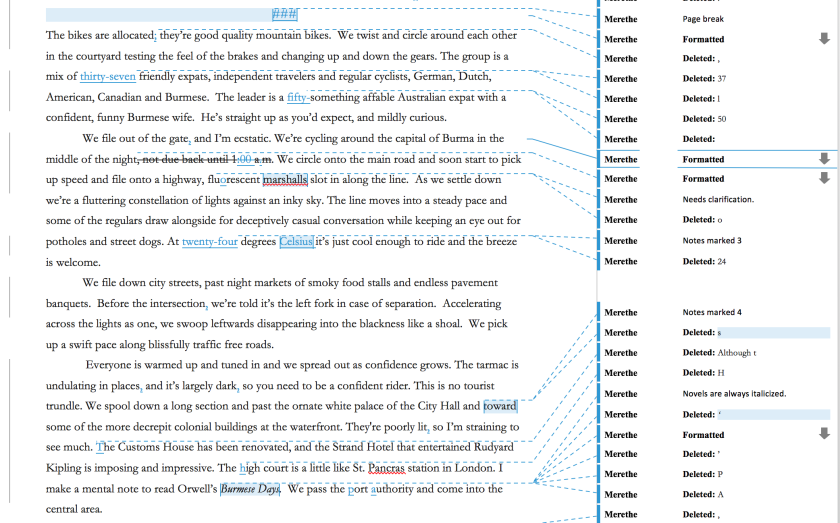 Notes 3. You definitely want to specify to your readers about anything related to temperature. Given that we Americans can’t figure out degrees in Celsius to save our hides, we instinctually fall back on the Fahrenheit degree base, and twenty-four degrees in Fahrenheit does not a pleasant bike ride make! If your readers might be from various parts of the English-speaking world, make sure to specify things like this just so they don’t have to double take to figure out what you mean.
Notes 3. You definitely want to specify to your readers about anything related to temperature. Given that we Americans can’t figure out degrees in Celsius to save our hides, we instinctually fall back on the Fahrenheit degree base, and twenty-four degrees in Fahrenheit does not a pleasant bike ride make! If your readers might be from various parts of the English-speaking world, make sure to specify things like this just so they don’t have to double take to figure out what you mean.
Notes 4. For British/UK English, the standard is to keep the ‘s’ at the end. (Towards/backwards) This is simply a matter of where you intend for your main audience to be. Again, if this is elsewhere in the English-speaking world outside of America, this would probably stay in. To publish in America, however, the ‘s’ would be taken out (toward/backward). Small differences, but they can add up. The same can be said with any s to z changes. In America: organize, realize, recognize, etc. Outside of America: organise, realise, recognise. And of course we Americans also remove the ‘u’ from words like colour.
Overall, I thoroughly enjoyed the short story! You got a lot of detail and description in for such a small amount of pages. You definitely have a strength in creating a vivid landscape. I could see the story. I could picture what was going on. Your imagery was beautiful and strong, and really pushed me through it. There was a great flow to the way you described everything. There is a little to be corrected as far a pace goes, like with the part that stalled me, but overall, it was a fun read.
I wanted to mention, as well, that after having read this story, that I have no idea what your character looks like, if they’re male or female, or even what they’re wearing. I kind of argued with myself about even mentioning it, because I honestly can’t tell if I like it more without the protagonist having an identity. It did nag at me a little, but then, it’s my job to notice things like that.
Thanks so much, Anonymous Inkling, for letting me read and critique your short story! I will be sending along the rest of my critiques later on. For those of you who want to read the full piece, you can find it here:
Yangon, Myanmar
Fiercely hot, steaming, tropical Yangon, largely unknown to western eyes, I’d arrived at the very edge of my world, and my nerve. In the hot darkness, a line of car headlights illuminates a hazy scene of pavement diners. Hopping on and off the crowded pathway, we salsa along the jagged edge of the traffic. We turn down narrow alleyways, squeeze between market stalls heavy with bananas and mangoes, and along half built, half-lit streets. Street signs are few and far between.
I dance alongside my companions hopping over gaping holes in the unlit pavement, rapidly chatting while casting around for scarce landmarks. We continue past juice stalls where petite, raven haired women feed sticks of sugarcane into the jaws of ancient industrial mangles, solid, glossy, dark green monsters, next to them, tailors are bent over elegant Singer sewing machines. I scribble down hieroglyphic directions, TL elephant temple, TR rickshaws, alleyway straight arrow, TL… or would that be R in reverse? Too late, we cross the main road and run over a tiny footbridge.
We hop onto a narrow path of gangplanks past a parade of dark, wooden, open fronted shop houses. The cavern-like interiors are entirely exposed. Rooms are lit with bare, single light bulbs and piled high with dusty stock and family belongings. On high shelves. tiny spirit houses adorned with orange and pink temple garlands glow against the dark wood. The smell of incense wafts out. The locals end their day over the evening meal at simple wooden tables and straight-backed chairs, hypnotized by the ubiquitous TV. We stride purposefully past, unable to resist glancing sideways to peer into their lives laid bare, one eye on the gangplank. One family space after another is surreptitiously examined as the inhabitants simultaneously look up into our strange European and North African faces. Warm smiles and nods are exchanged in a mutual understanding of reciprocal curiosity. We turn the corner and enter the restaurant.
After much engrossing conversation, suddenly it’s 9:40 p.m. I say goodbye and head out. Round the corner back along the gangplank, more smiles and nods. Across the main road, TL into the alleyway back onto the half built street. This is all right, I can do this. Did I see that yellow sign on the way? Never mind. Into the next street. Was it left? Hang on, find a streetlamp, still got fifteen minutes, it’s not that far. Check the map. What’s this street called? It’ll look familiar in a bit. No, it doesn’t. Definitely not. Ask that street vendor over there. He gently takes the map from my hands and very slowly turns to his light. Oh no. I hop from one foot to another desperately trying not to be impolite. This street? This way? Yes? Twelve minutes. Right, I’ll get there. Just dance around people and traffic a bit faster. Okay, this is it. Go. Got to get there, don’t want to keep them waiting, once in a lifetime experience. Why didn’t I leave earlier? Getting closer now, it’s round this next corner and up past the Swiss Embassy. Just need to jog a bit now. I wonder if that’s where that car’s going? Probably. Yes, there’s the sign, Bike Rides, Yangon. It’s 9:59 p.m.
###
The bikes are allocated; they’re good quality mountain bikes. We twist and circle around each other in the courtyard testing the feel of the brakes and changing up and down the gears. The group is a mix of thirty-seven friendly expats, independent travelers and regular cyclists, German, Dutch, American, Canadian and Burmese. The leader is a fifty-something affable Australian expat with a confident, funny Burmese wife. He’s straight up as you’d expect, and mildly curious.
We file out of the gate, and I’m ecstatic. We’re cycling around the capital of Burma in the middle of the night, not due back until 1:00 a.m. We circle onto the main road and soon start to pick up speed and file onto a highway, fluorescent marshalls slot in along the line. As we settle down we’re a fluttering constellation of lights against an inky sky. The line moves into a steady pace and some of the regulars draw alongside for deceptively casual conversation while keeping an eye out for potholes and street dogs. At twenty-four degrees Celsius it’s just cool enough to ride and the breeze is welcome.
We file down city streets, past night markets of smoky food stalls and endless pavement banquets. Before the intersection, we’re told it’s the left fork in case of separation. Accelerating across the lights as one, we swoop leftwards disappearing into the blackness like a shoal. We pick up a swift pace along blissfully traffic free roads.
Everyone is warmed up and tuned in and we spread out as confidence grows. The tarmac is undulating in places, and it’s largely dark, so you need to be a confident rider. This is no tourist trundle. We spool down a long section and past the ornate white palace of the City Hall and toward some of the more decrepit colonial buildings at the waterfront. They’re poorly lit, so I’m straining to see much. The Customs House has been renovated, and the Strand Hotel that entertained Rudyard Kipling is imposing and impressive. The high court is a little like St. Pancras station in London. I make a mental note to read Orwell’s Burmese Days. We pass the port authority and come into the central area.
I’ve teamed up with a Canadian who peels away from the line. I follow instantly and we head towards the 2,500-year-old Sule Pagoda, in the middle of what is now a huge roundabout. Its endless golden spire punctures the dark velvet sky. The white dome is encircled by grotto-like shrines, their interiors brightly lit in citrus limes and lemons. It’s a fairy tale, fairground sight. We swoop onto the curve and spin around the outside, stealing glimpses at the golden Buddha’s heads surrounded by multi-colored sunbursts of flashing neon lights. We sprint round a second time, faster, leaning into the road, laughing with glee and exhilaration at this fantastical, surreal merry-go-round, and race off to catch the others.
The group is on the road out of the city now and we begin a gentle climb, I start to feel my thigh muscles burn. It’s about 11: 30 p.m. The pace slows a little, but is still good as we reach the flat and start the long home stretch. Soon the leaders stop and the line concertinas into a tight group. We climb off the bikes to stretch our legs and gulp down some much needed water.
People chat and examine each others’ bikes. As my heart rate and breathing slows I look up at the night sky and feel the tranquility and eeriness of a strange city at rest. The quiet chatter of the other riders floats through the darkness. Then for no reason at all, I turn round. There, in the middle of an enormous jet black sky, gently glowing like a huge mythical, golden palace is the Schwedagon Pagoda, the most sacred Buddhist Pagoda in Myanmar. It stands on a hill and at 325 feet, dominates the Yangon skyline. It contains the oldest Buddhist Stupa in the world. I’m rooted to the spot. I look at my watch, it’s past midnight. I feel giddy with awe and surprise.
Photo: A Link And Travel Tour
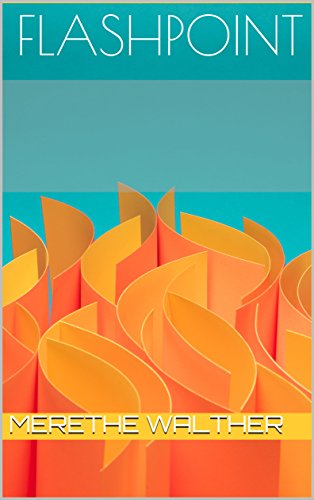

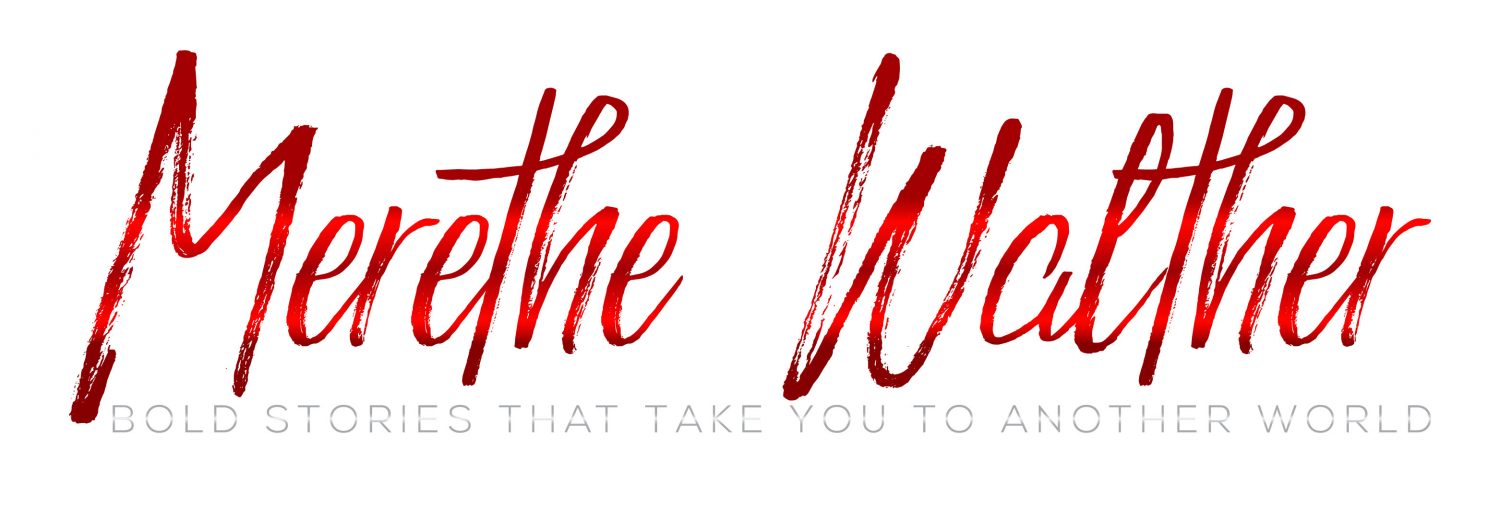





 Notes 3. You definitely want to specify to your readers about anything related to temperature. Given that we Americans can’t figure out degrees in Celsius to save our hides, we instinctually fall back on the Fahrenheit degree base, and twenty-four degrees in Fahrenheit does not a pleasant bike ride make! If your readers might be from various parts of the English-speaking world, make sure to specify things like this just so they don’t have to double take to figure out what you mean.
Notes 3. You definitely want to specify to your readers about anything related to temperature. Given that we Americans can’t figure out degrees in Celsius to save our hides, we instinctually fall back on the Fahrenheit degree base, and twenty-four degrees in Fahrenheit does not a pleasant bike ride make! If your readers might be from various parts of the English-speaking world, make sure to specify things like this just so they don’t have to double take to figure out what you mean.



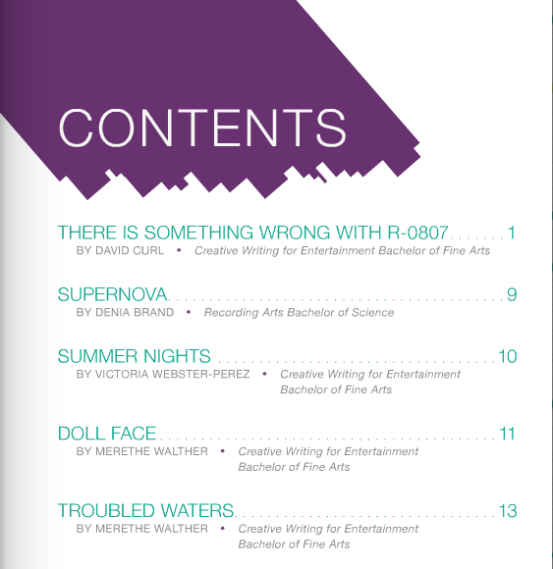
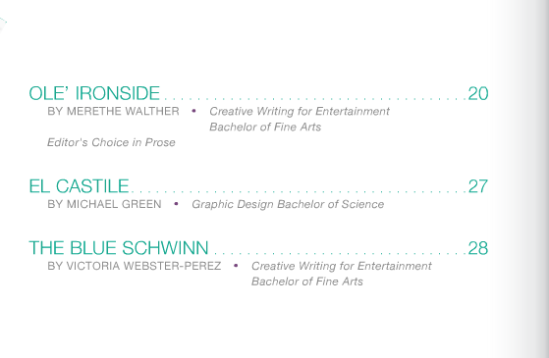
You must be logged in to post a comment.